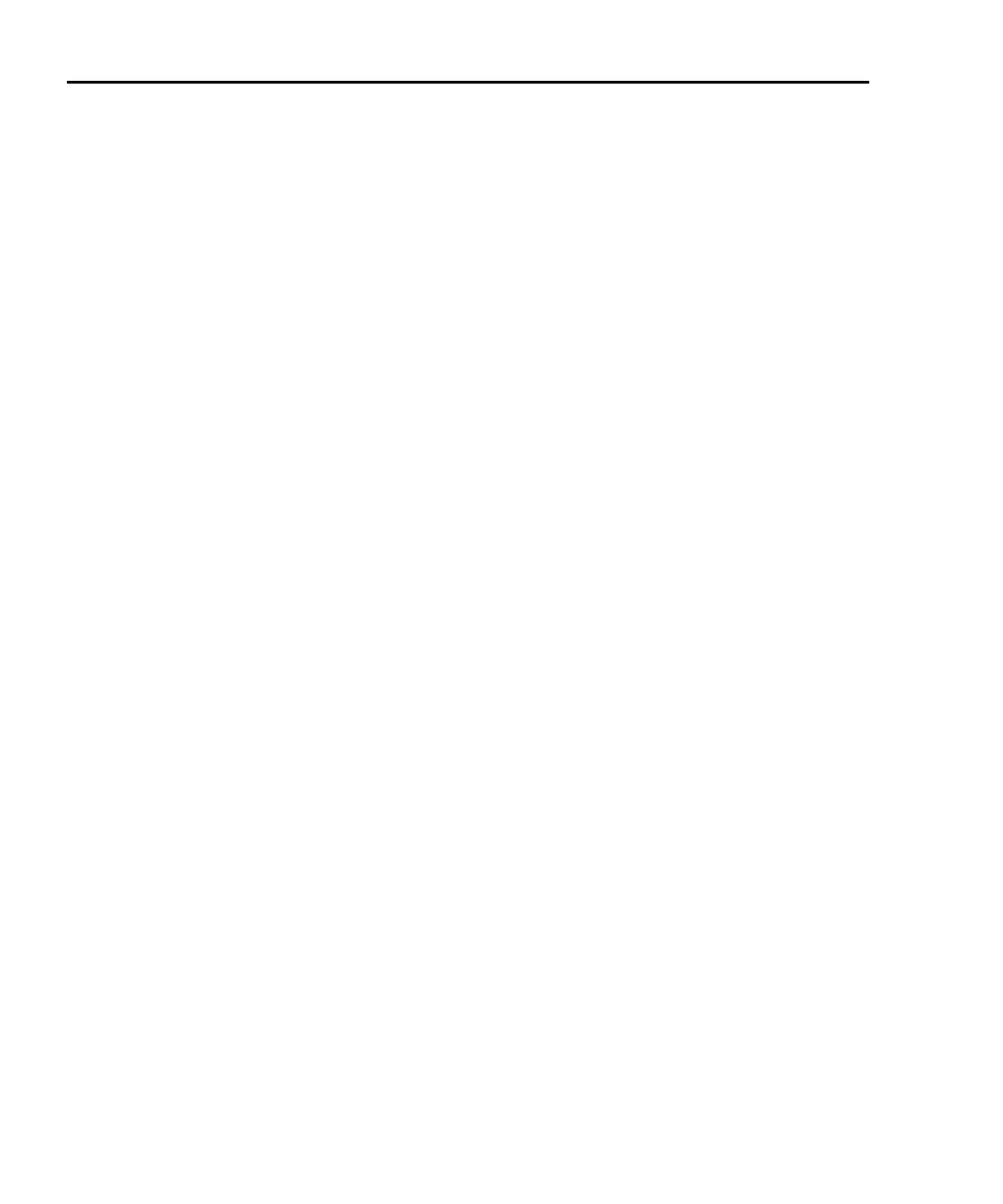6-4 Averaging Filter, Math, and Buffer Model 6220/6221 Reference Manual
Return to Section 6 topics
3. With the filter settled, the storage of filtered Delta readings begin. The next
25 Delta cycles yields 25 filtered readings, which are stored in the buffer.
4. After the 25
th
Delta reading is stored in the buffer, the Delta test stops.
For the above example, 35 Delta cycles were performed. The first 10 Delta cycles
filled the filter stack, and the next 25 Delta cycles filled the buffer.
Repeating filter
Basic repeating filter operation – As shown in Table 6-1, the repeating average
filter can be used with Delta, Pulse Delta (Fixed output), and Differential Conduc-
tance.
As shown in Figure 6-1B, the repeating filter takes a specified number (count) of
reading conversions, averages them, and yields a reading. It then flushes its stack
and starts over.
The filter stack must be filled with delta readings and then averaged to yield (and
store) one filtered delta reading. The stack is emptied, and the “fill and average”
process is repeated to yield (and store) another filtered reading.
This “fill and average” process is repeated for every specified delta cycle. For
example, assume the repeating average filter count is 10 and the delta test is con-
figured to perform 25 cycles. For these test parameters, 250 delta cycles will be
performed to store 25 filtered delta readings in the buffer.
Differential Conductance – When using the repeating filter, the actual step size
run for the test is the programmed step size divided by the filter count:
Step Size (repeating filter) = Programmed Step Size / Filter Count
For example, assume the programmed step size is 10µA and the Filter Count is
10. When the Differential Conductance test is run, the actual step size will be 1µA
(10µA / 10).
Test Equipment Depot - 800.517.8431 - 99 Washington Street Melrose, MA 02176 - TestEquipmentDepot.com
